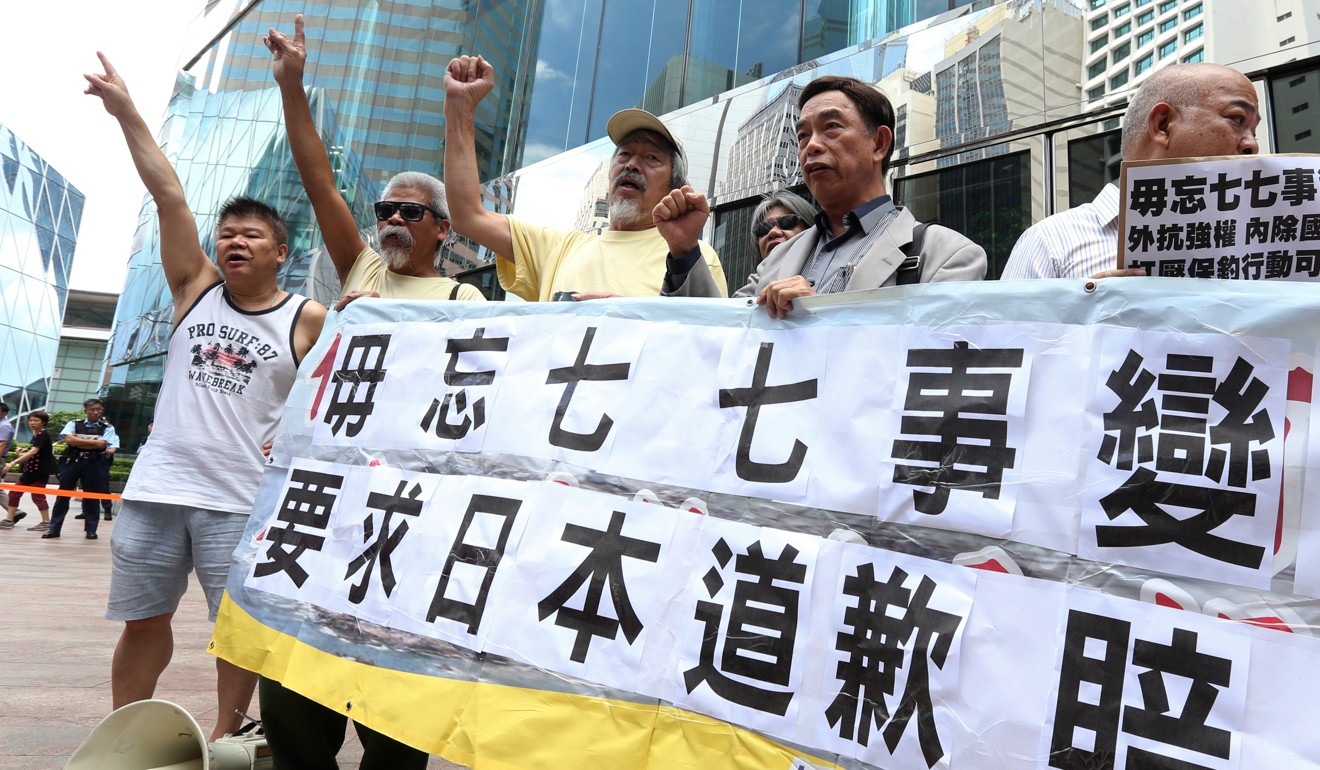
Why Japan must admit the Diaoyu/Senkaku Islands are disputed territory
Timeline: the Diaoyu-Senkaku Islands dispute
China ceded Taiwan and “all islands appertaining or belonging to [it]” to Japan in the 1895 Treaty of Shimonoseki. Towards the end of the second world war, both the Cairo Declaration and Potsdam Declaration and Agreement called for all lands Japan seized from China to be returned. The main island of Taiwan together with Penghu was handed over but not the Diaoyu group, which was put under the control of the US army in Okinawa.

China rebukes Japan after it opens museum for disputed islands
While UN approval was pending, these islands were placed under US control. The Diaoyu Islands were not among the above-mentioned groups but were placed under US control nevertheless.
There appears to have been no application for trusteeship administration of these islands to the UN since 1951. In 1971, the US transferred the right of administration of these islands to Japan, but not their sovereignty.
China, Japan trade accusations after warship seen near Diaoyus
The Japanese government did release a position statement on the islands on March 8, 1972. Beijing responded by pointing out that China had never recognised Japan’s transfer to the US of administration rights over the islands, challenging Japan’s version of history.
If Japan faces history, it should at least recognise that there are sovereignty issues over these islands.
K.L. Tam, Kowloon Bay

